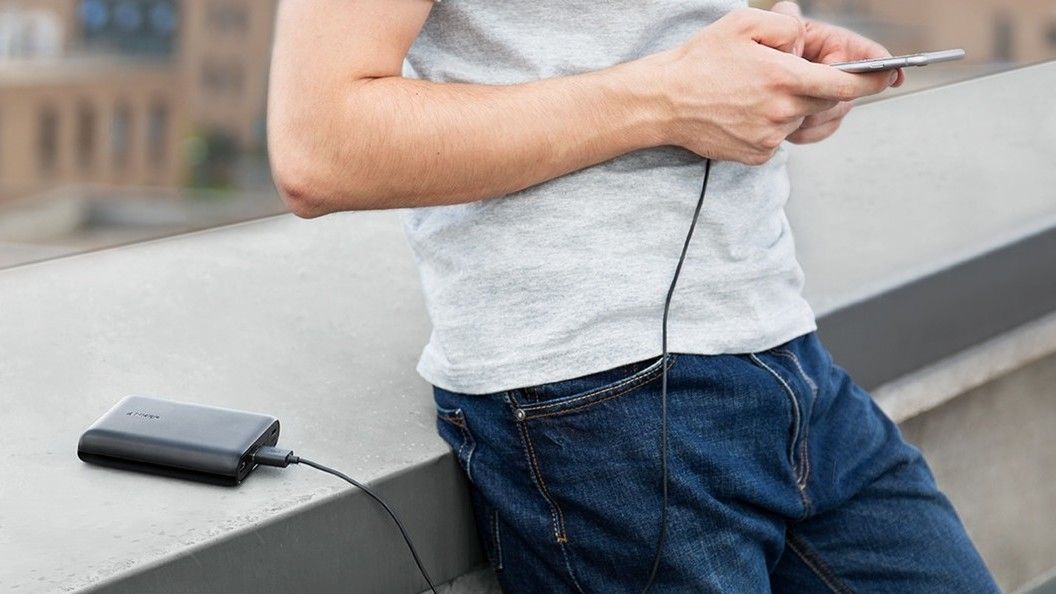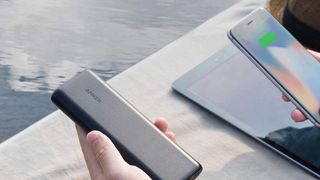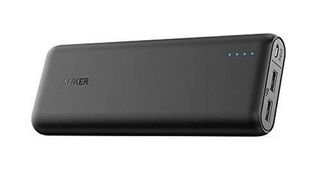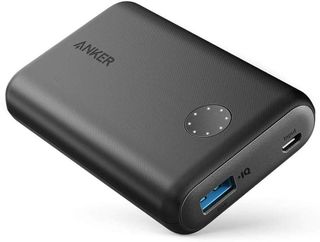
You want to make sure your devices don’t run out of juice when you’re travelling. But there are so many brands and models on the market that it’s difficult to know which to pick. So is Anker a brand you can trust when it comes to the best power banks?
In this guide, we’ll introduce you to the history of the Anker brand, how they stand up against rival options, and how to choose the right model of power bank for your personal needs.
The story of Anker
Anker began back in 2011, when founder Steven Yang quit his job as a software engineer at Google with a singular mission in mind: to build the products he felt tech giants like Apple and Samsung weren’t providing. The name of his company Anker, which means anchor in German, gives you an idea of his vision: solid, functional and durable products that people could rely on. And it turned out to be a great success.
Anker has since become the market leader in portable power banks, despite being not being particularly exciting (or perhaps because of that). And let’s be clear: Anker is no Apple. There’s no glorious groundbreaking design vision behind its products.
Looks-wise, they’re pretty uninspiring. Nor do they come with lots of innovative, headline-grabbing bells and whistles. For instance, you want a power bank that offers wireless charging, you’ll have to look elsewhere. And if you need to charge multiple devices on the move, we'd recommend a more powerful device like those offered by Maxoak.

However, for most people, who want an average-sized power bank to do average-sized things, none of that will really be relevant. Anker products are typically light, conveniently sized, well-made, and do what they claim to do, very dependably. And it turns out that these are attributes that many people value above all others.
Should I buy an Anker Powercore power bank?
Anker is the current market leader in power banks, and attracts positive reviews from both customers and tech journalists: its Anker Powercore 20100 power bank, for example, is currently number one on our list of the best power banks, while the Anker Powercore II 10,000mAh power bank is up there too. So it’s definitely a brand you can trust.
Get the Creative Bloq Newsletter
Daily design news, reviews, how-tos and more, as picked by the editors.
That doesn’t mean, however, that you should automatically opt for an Anker Powercore power bank. Two rival mid-market brands, Aukey and RAVPower, both come very close to matching Anker products in terms of quality, speed and features, and often exceed them.
So while we’d love to give you a clear and unambiguous answer, the messier truth is that whether you should choose an Anker, Aukey or RAVPower power bank can only be answered on a case-by-case basis. Each company is constantly innovating, so it’s always worth comparing the latest prices, features and specs of the latest models to help you decide between them.

But perhaps you just don’t have the time, energy or patience to do so. We aren’t talking a huge financial investment, after all. In which case, our advice is not to worry: basically any power bank you buy from any of these three companies is going to be very decent quality.
There are only two thing you really need to check. First, whether it’s compatible with your smartphone. And secondly, whether it has the specific feature or features you’re seeking. For example, if you’re looking for two charging ports, you’d want the Powercore Slim 10000 USB-C PD.
How are Anker Powercore power banks categorised?
Modern Anker power banks all have the word ‘Powercore’ in the title, and can be grouped into four main categories. Most expensive are the Powercore PD USB-C PD power banks, which can charge the latest Apple, Samsung and Pixel phones from 0-50 per cent in just half an hour via a USB-C to Lightning cable.
The second group is the Powercore II series of Anker Powercore power banks. These can only be charged via a micro-USB (not via a USB-C port), but can charge the latest Samsung, LG and Moto phones.

A third group, consisting of the Powercore Essential, Powercore Slim and Powercore Lite models, can be charged by both USB-C and micro-USB, but they can't charge phones via USB-C, and nor can they fast-charge the latest Samsungs and iPhones.
Finally, the fourth and most basic group consists of the Powercore and Powercore Redux models. These have only the traditional micro-USB port and don’t offer fast charging, but are pretty cheap as a result.
How much does an Anker Powercore power bank cost?
Anker is a brand that aims squarely at the middle of the road when it comes to pricing. Consequently, Anker Powercore power banks are neither super-cheap or stupidly expensive, but closely match the price of high-quality rivals such as Aukey and RAVPower.
At time of writing, we found the following deals on Amazon: the Anker Powercore+ 26800 at £49.99, the Anker Powercore 20100 at £29.99, the Anker Powercore II 10000 at £24.99 and the Anker Powercore 5000 Amazon at £19.99. We feel all of these prices represent excellent value. That said, if you’re very short of cash, you could wait until the autumn, as Anker often offers decent savings in the Black Friday and Cyber Monday sales.

Thank you for reading 5 articles this month* Join now for unlimited access
Enjoy your first month for just £1 / $1 / €1
*Read 5 free articles per month without a subscription

Join now for unlimited access
Try first month for just £1 / $1 / €1

Tom May is an award-winning journalist and editor specialising in design, photography and technology. Author of the Amazon #1 bestseller Great TED Talks: Creativity, published by Pavilion Books, Tom was previously editor of Professional Photography magazine, associate editor at Creative Bloq, and deputy editor at net magazine. Today, he is a regular contributor to Creative Bloq and its sister sites Digital Camera World, T3.com and Tech Radar. He also writes for Creative Boom and works on content marketing projects.